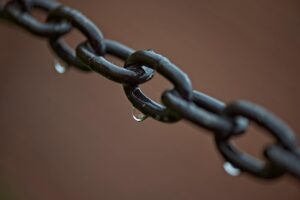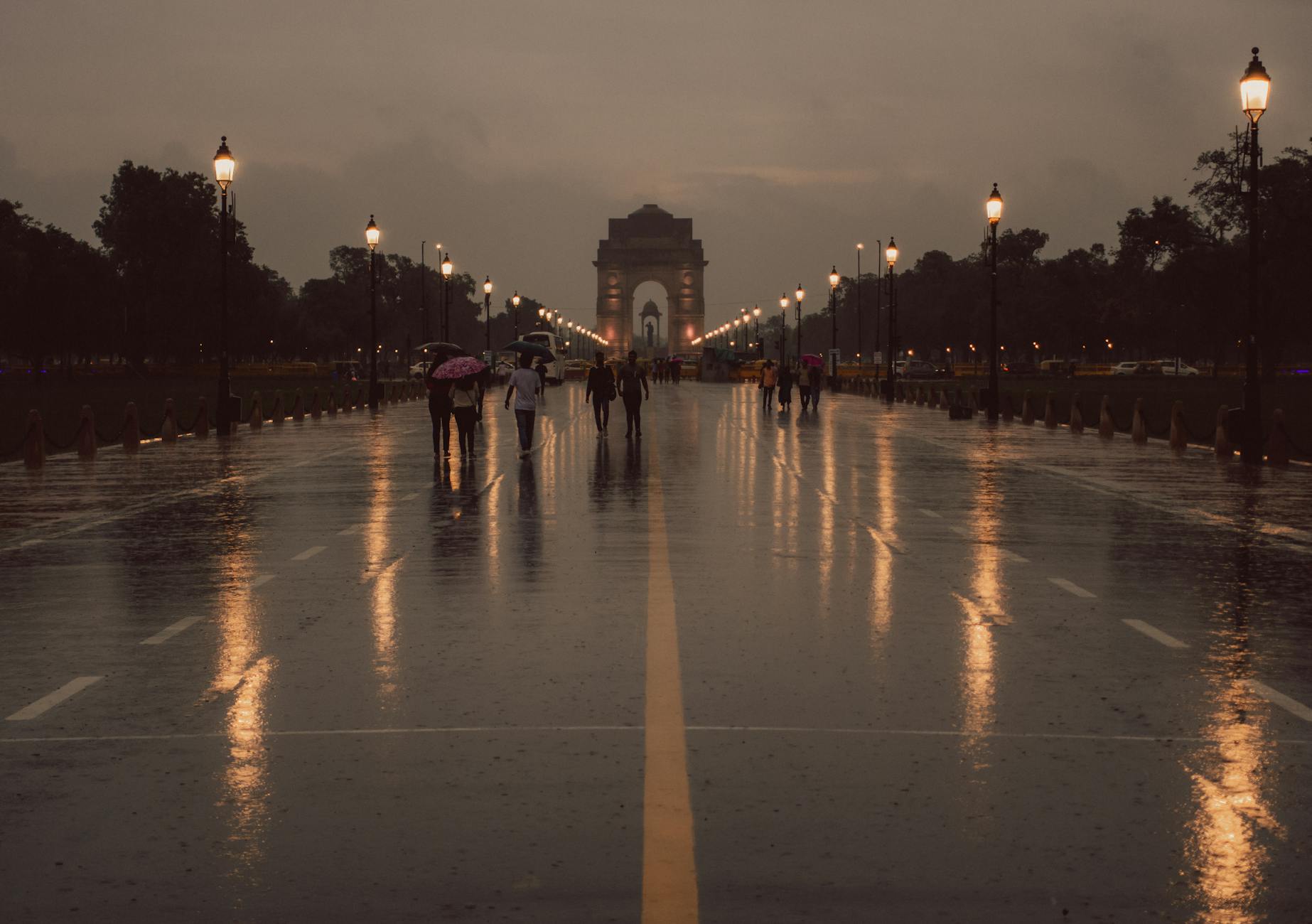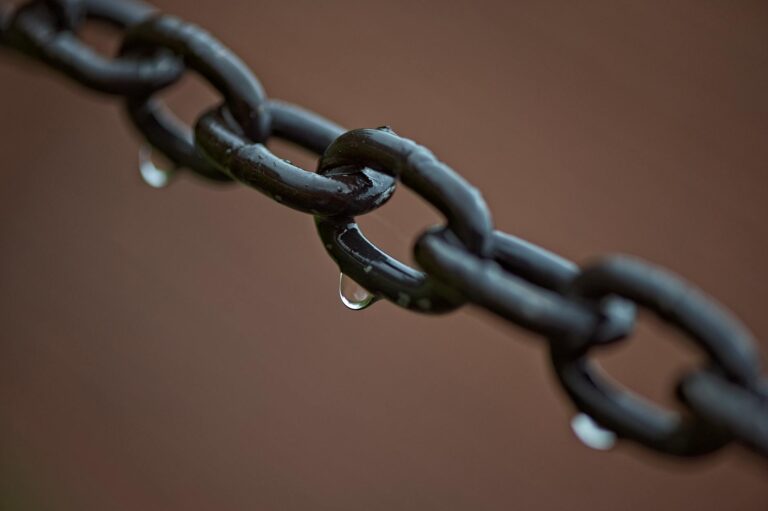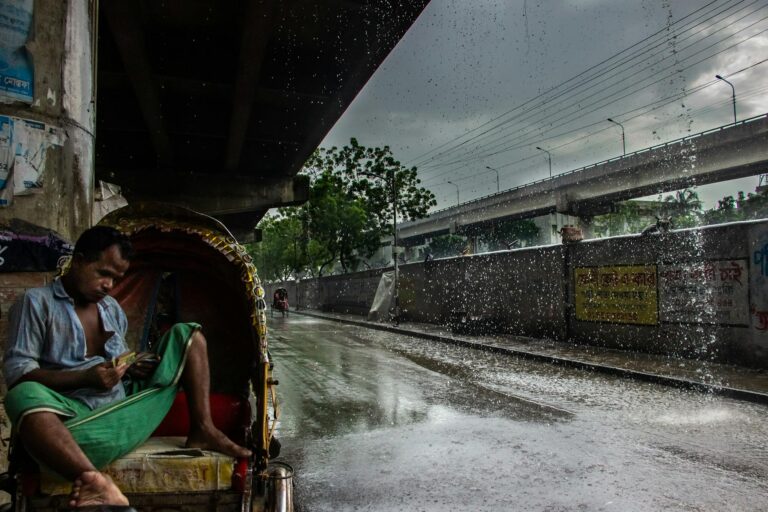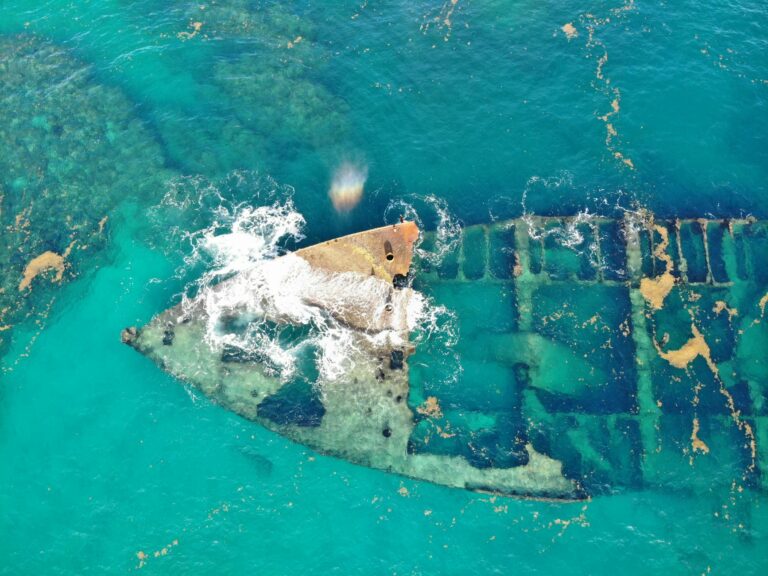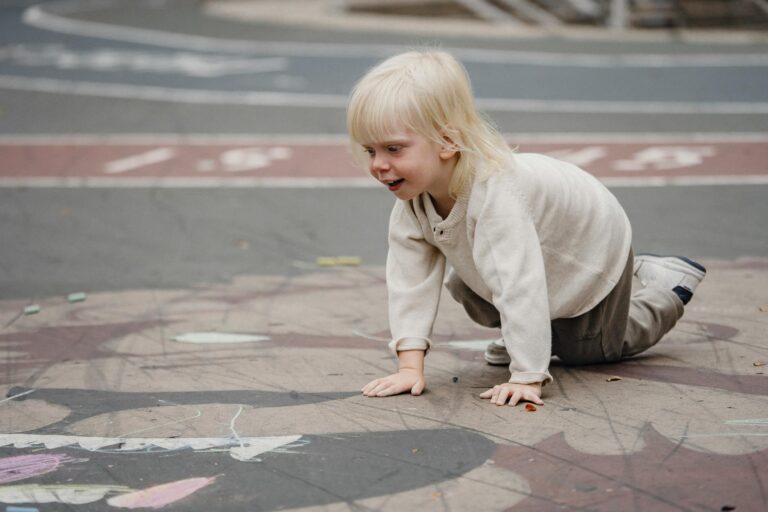Delhi’s Drowning – And It’s Not Just the Rain to Blame
You’ve seen the videos by now – office workers in Gurugram wading through waist-deep water, cars floating like toy boats, traffic signals blinking uselessly over what used to be roads. This isn’t just another monsoon story. It’s what happens when climate change meets bad planning meets the kind of chaos only Indian cities can produce. And here’s the scary part: Delhi’s just the beginning.
1. When the Capital Turns Into a Swimming Pool
1.1. The Areas That Got Hit Worst
Cyber City? More like Cyber Sea. Gurugram’s shiny tech hub became the poster child for this mess, but let’s not forget Dwarka and good old CP. Funny how water doesn’t care about your neighborhood’s prestige. Saw one viral clip of a guy ordering chai while standing in knee-deep water outside his office. Only in India, right?
1.2. The Great Commuter Nightmare
NH-48 was a parking lot. The Metro? Forget about it. And don’t even get me started on the airport – twelve flights just gave up and went elsewhere. Here’s the thing: we act surprised every year when this happens. At this point, it’s like being shocked when your drunk uncle starts dancing at a wedding.
1.3. The Blame Game Begins
Sure, the NDMA showed up with pumps and promises. But let’s be real – when your drains are older than your grandparents, no amount of emergency response is gonna cut it. One urban planner put it bluntly: “We’re using 19th century systems for 21st century rains.” Ouch.
2. It’s Not Just Delhi – The Whole Country’s Feeling It
2.1. Hills Coming Down
Up in Himachal, tourists got trapped when roads just… disappeared. Uttarakhand lost three lives to landslides. And the scary part? The weather guys say more cloudbursts are coming. These hills aren’t what they used to be – climate change is turning them into ticking time bombs every monsoon.
2.2. Rivers Behaving Badly
Assam’s Brahmaputra decided to expand its territory, kicking out 50,000 people. Meanwhile in Mumbai, the Mithi River reminded everyone why you shouldn’t treat natural drains like garbage dumps. Both states got red alerts, which basically means “batten down the hatches.”
3. Why We’re in This Mess
3.1. The Climate Change Factor
Here’s a fun fact – since 1950, monsoon rains have increased by 10%. Extreme rain events? Tripled. One climate scientist explained it like this: warmer oceans mean the atmosphere’s holding more water vapor. Translation: when it rains, it really pours.
3.2. Our Own Stupidity
Delhi’s lost nearly half its wetlands this century. Mumbai’s rivers are clogged with plastic and construction waste. And Gurugram? They built fancy towers where water used to flow naturally. It’s like watching someone block their own bathroom drain and then being shocked when the floor floods.
4. Which City’s Next?
If your city has any of these, start building an ark:
- Drains that haven’t been cleaned since the British left (looking at you, Chennai)
- Disappearing lakes (Bengaluru, what happened to you?)
- Hills with more concrete than trees (Pune, I see you)
5. How Not to Die in the Next Flood
5.1. Short-Term Survival Tips
- If the water’s above your ankles, turn around. Your office can wait.
- Keep NDRF’s number handy – 112. Better to have it and not need it.
5.2. Long-Term Solutions (If Anyone Cares)
What experts keep saying (and everyone keeps ignoring):
- Spend money on infrastructure that actually works
- Stop building where water wants to flow
- Maybe, just maybe, hold politicians accountable
The Bottom Line
Here’s the uncomfortable truth – we’re not ready for what’s coming. The rains are getting worse, our cities are getting more fragile, and nobody’s doing nearly enough. Unless we get serious about fixing this, that viral video of people swimming to work won’t be funny anymore. It’ll just be normal.
Source: Aaj Tak – Home



